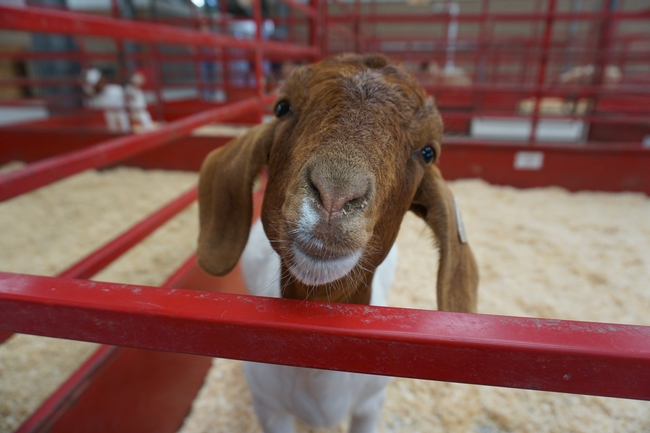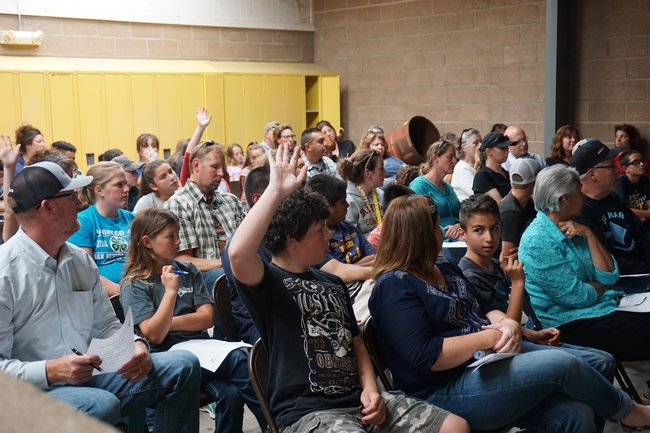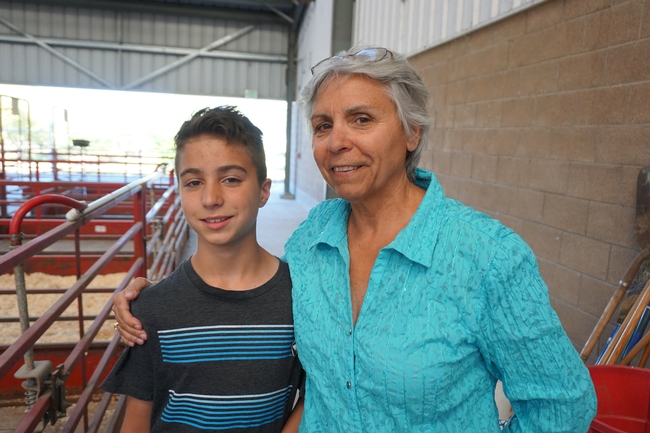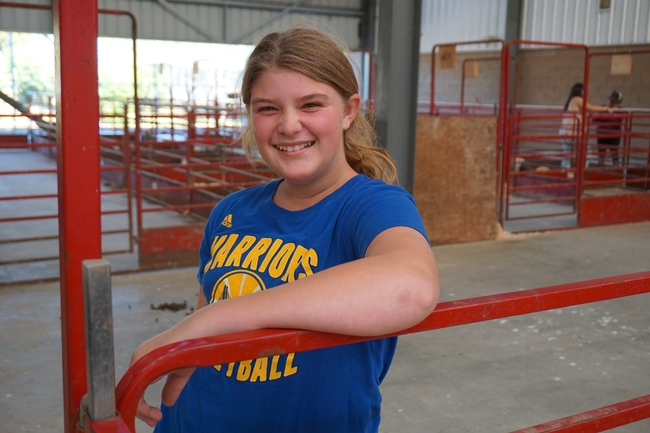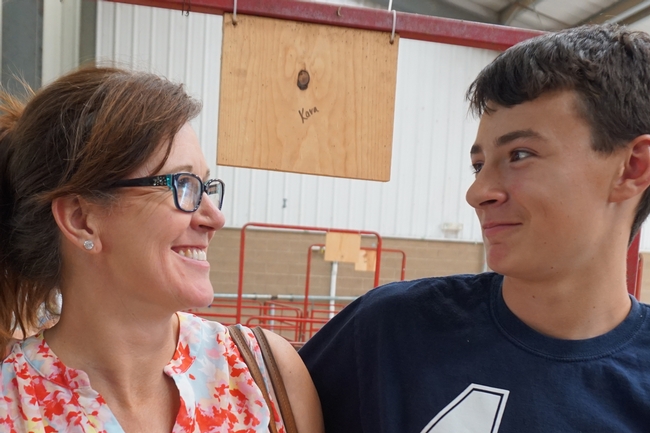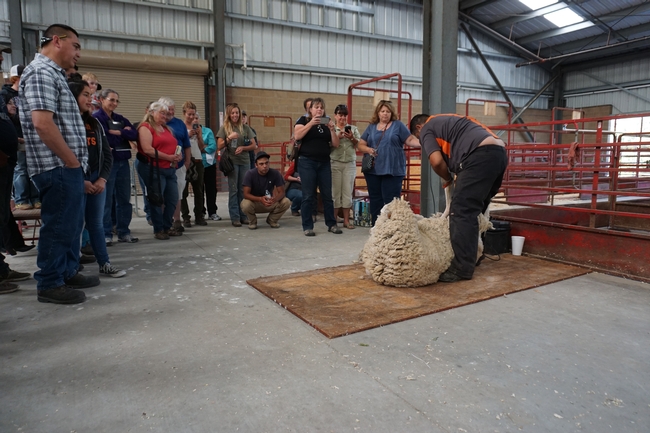Raising sheep and goats for fun and profit
A 4-H sheep or goat project has something in common with ranchers raising animals for a living. In both cases, one objective is profit.
“Profit is not a dirty word,” said Dan Macon, UC Cooperative Extension assistant specialist in the UC Davis Department of Plant Sciences. “How many of you are using fair animals to save for college or buy a car? You're in business.”
Macon spoke at a Sheep and Goat Workshop June 13 for 4-H members, FFA students and local sheep and goat producers, organized by UC Cooperative Extension livestock and natural resources advisor Devii Rao. About 30 of the workshop participants represented the industry, 70 were young producers and family.
Macon discussed the direct and indirect costs of rearing animals, the optimal timing for breeding so lambs and kids will be weaned when grass is naturally abundant, and tactics for protecting sheep from predators.
“I call this, ‘Big dogs, hot fences and fast sheep,'” Macon said. “Someday I'm going to write a country song with that title.”
The big dogs are guardian animals that are not socialized to humans, but rather kept with sheep from the time they are tiny puppies. Donkeys and llamas can be effective guardians if the predators are coyotes and dogs.
UCCE advisor Roger Ingram covered the opportunity to manage rangeland with a flock of sheep or herd of goats. The concept is “targeted grazing.”
“Think of yourselves as grass and brush farmers with four-legged combines to harvest,” Ingram said.
He advised animal caregivers to learn to identify plants, as some are good for the animals, and some are not. For example, poison hemlock and milk weed are problem plants for certain animals.
Ten-year-old 4-H member Cody Watson attended the workshop with his grandmother Susan Gardner.
“Raising animals teaches responsibility and accountability,” Gardner said. “The kids learn where food comes from.”
Gardner was a 4-H member as a child, but when her children were growing up, she didn't have the income for property to house animals.
“It's fun,” Tobia said. “I'm there with all my friends.”

